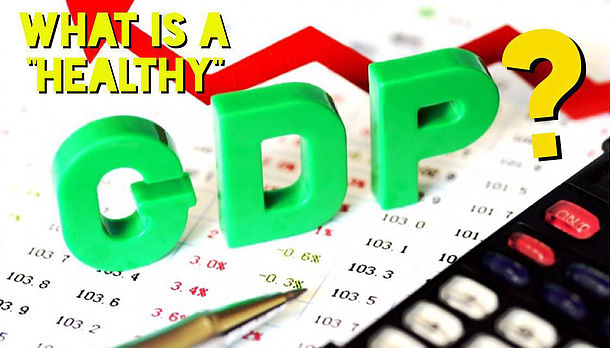
Discussing the country’s GDP (or Gross Domestic Product) growth rate is a popular topic around election time. In particular, some politicians believe we are “losing” against more economically vibrant countries like China when it comes to ensuring that the GDP growth rate is strong. So if the U.S. has an annual growth rate of 2.0% and China has a growth rate of 6.0% does that mean we are “losing”?
Fear not. I will spell out for you exactly what constitutes a “healthy” GDP, and when it comes to the comparison of other countries (like China) it’s really apples and oranges.
What is GDP?
As mentioned above, GDP stands for “Gross Domestic Product”, and this is the monetary value of all the finished goods and services produced within a country’s borders in a specific time period. Though GDP is usually calculated on an annual basis, it can be calculated on a quarterly basis as well, and such is the case here in the United States. The dollar amount by itself is pretty useless for analysis, so we calculate what the change of the value is over a particular time. This is called the “growth rate” and it helps us to see how the economy is performing relative to the same time frame in the previous year or in the previous quarter. This growth rate is really what most people in the media fixate on and often serves as a point of angst for the average citizens who don’t fully understand it.
What is Included in a Country’s GDP?
There are 4 factors that are included in a country’s GDP and all of them are necessary, but in an ideal world, the would all be roughly similar. Here is the formula that economists use:
GDP = C + I + G + (Ex – Im)
Where “C” equals spending by consumers, “I” equals investment by businesses, “G” equals government spending and “(Ex – Im)” equals net exports, that is, the value of exports minus imports. Net exports may be negative, and in the case of a lot of developed countries, this is true – they can afford to import more products than need to export them.













Leave A Comment